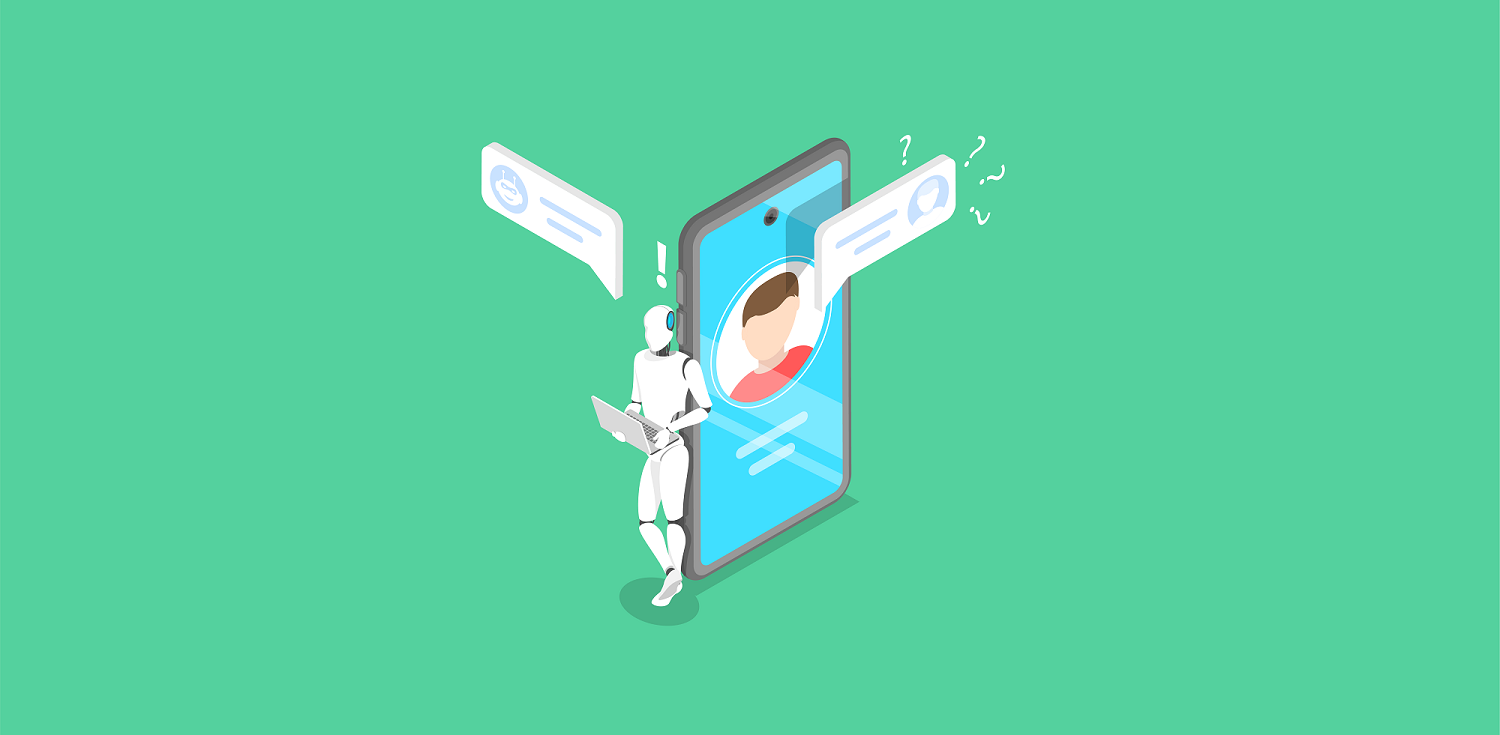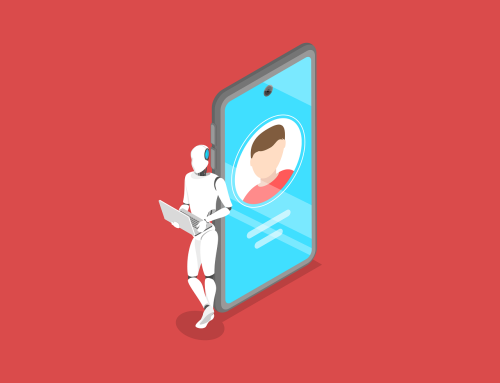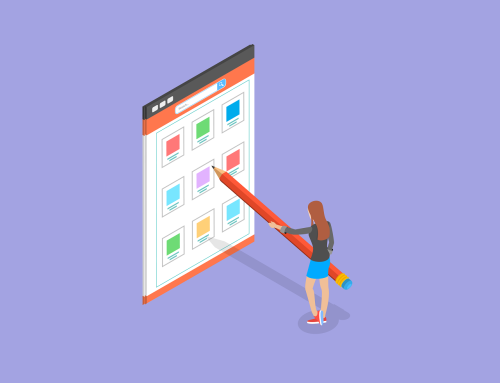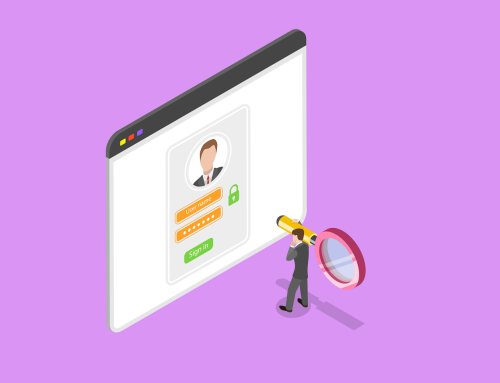What You Need to Know About Chatbots
Chatbots have become more prevalent over the last number of years, helping to streamline and reduce the vast number of customer service enquiries that come through websites and social media pages every day.
With 66% of customers trying to use self-service elements first on websites and text being the ideal method of support communication, chatbots are becoming the preferred way of dealing with simple and quick enquiries.
Discussed below are the types of a Chatbots we see in use every day how they’re built.
What is a Chatbot?
A Chatbot is an AI (artificial intelligence) software able to do certain already programmed tasks without the need for human intervention.
Chatbots have become a very common element on everyday websites, allowing users to get answers to quick questions, while allowing customer service agents to attend to more urgent personalised queries.
Some use cases of chatbots include customer service and sales enquiries across sectors such as retail, banking, real estate, travel and hospitality.
Types of Chatbots
While there are a vast number of types and use cases for chatbots online, below are the 3 most common that we interact with regularly:
Support Chatbots
Support chatbots are the most common type we see every day online. These are designed to help support your customers when they need frequently asked questions answered that don’t require human intervention.
Skills Chatbots
Along with being capable of answering simple queries, this type of chatbot is programmed with built-in skill sets to answer basic commands. Examples of this include requesting certain pages on a website, which can ultimately improve customer engagement rates.
AI Chatbots
Through the use of machine learning, smart artificial intelligence chatbots can process complex questions and learn to grow smarter with more use over time. AI chatbots tend to go above and beyond what other chatbots are capable of, allowing brands to manage complex customer relationships online 24/7.
Chatbot Development
Design
This is the process that defines the interaction between the user and the chatbot itself. Designers define the chatbots personality, the questions it can answer and refine the possible interactions with users.
Real world testing is necessary before building the chatbot. It’s important that response flow is tested with humans prior to the building phase, to ensure feedback is used to capture most real-life possibilities.
Building
Building natural and rich conversational experiences isn’t easy. The two main options for building a chatbot involve either an AI framework approach (such as Google’s Dialogflow, IBM Watson, or Microsoft Bot) or a third party chatbot builder allow users to create a chatbot with building blocks.
Both are viable approaches to building a chatbot, although chatbot builders are more accessible to those without programming knowledge.
Implementation
The decision of where you locate your chatbot is incredibly important. Chatbot platforms allow you to place your bot where you mostly interact with your customers. For example, this could be on the homepage or support page of your website, in-app integration or potentially on social media platforms such as Facebook Messenger, WhatsApp and Twitter.
Analytics
Chatbot usage needs to be measured and monitored regularly. Analytics provide an insight into how the bot is being used, where in the conversation drop-offs are rising. Analysing statistics can ultimately inform decisions, allowing you to improve the user experience over time.
More data and monitoring of messages over time will allow you to see the most common questions. This will give you the opportunity to implement additional automations to the conversation.
Are you preparing to alter your online customer experience in 2022? If so, contact us today on +353 1 8041298, or click on the link below to be brought to our contact form.









